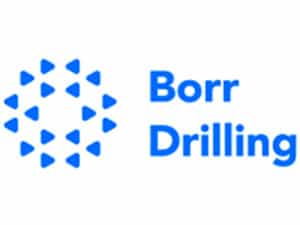
Zheijang Shipyard delivers first of 10 IMR vessels to Bourbon
Written by The Ungundja, the first of 10 DP-3, 100-meter GPA 696 IMR (Inspection, Maintenance & Repair) vessels, was recently delivered by China’s Zheijang Shipyard, part of the Sinopacific Shipbuilding Group, to Paris-based Bourbon Offshore.
The Ungundja, the first of 10 DP-3, 100-meter GPA 696 IMR (Inspection, Maintenance & Repair) vessels, was recently delivered by China’s Zheijang Shipyard, part of the Sinopacific Shipbuilding Group, to Paris-based Bourbon Offshore.
Classed by Bureau Veritas, the vessels were designed by naval architectural and and marine engineering firm Guido Perla & Associates, Inc. (GPA), Seattle, Wash. GPA delivered the concept design, regulatory package, and final design for IMR vessels.
The highly maneuverable DP-3 and FiFi-1 certified GPA 696 IMR vessels are equipped with three 1,686 kW azimuthing drives, two 843 kW tunnel bow thrusters, one 843 kW drop-down azimuthing bow thruster delivered by Schottel and six 1,235 kW Cummins generators, as well as one 1,235 kW auxiliary generator and one 450 kW emergency generator. The configuration of the environmentally friendly diesel-electric propulsion system, including two engine and two electrical rooms, creates full redundancy in accordance with DP-3 requirements. The diesel-electric propulsion system also results in reduced maintenance cost and improved station-keeping at offshore installations, and significantly increases crewmember safety. Because of its design and standardization, the GPA 696 IMR series can compete with more expensive, similar-sized vessels, reducing operational cost to the customer by up to 20%, according to Guido Perla & Associates.
The deck equipment of the 100-meter vessels includes one 150 MT at 10 m radius main crane, which can lower packages to a depth of 3,000 meters and one 40 MT at 9 m radius deck crane. Both cranes, with built-in swell compensation systems, cover the entire 1,200 m² deck surface to ensure handling and storage of packages over the entire area. The SOLAS-certified IMR vessels also have significant below-deck cargo capacities, capable of carrying 380 m³ of methanol, 2,541 m³ ship‘s ballast, 1,080m³ fuel oil and 749 m³ fresh water. The vessels are also equipped with a
helideck designed for a Super Puma Helicopter EC225.
A key benefit of these vessels is the capability to adapt to different operational needs and can serve as a stimulation vessel, rescue vessel, hotel vessel or provide light intervention on wells while offering modern conditions aboard with meeting rooms, offices, lounges and comfortable cabins. The vessel design allows for the following configurations:
• ROV Vessel: 2 ROVs can be used at the same time;
• Deck Cargo: Maximum deck Cargo is 2,080 MT, with an equivalent 18,512 m-MT deadweight vertical
moment;
• Hotel Vessel: Accommodations for 105 people on board under comfortable working conditions;
• Mini-FPSO Vessel: Increased freight loading capacity with a storage capacity of 24,000 bbls of
crude oil;
• Oil Well Intervention Vessels: Support of interventions on oil wells for measurement and cleaning.
One of the remarkable features of these vessels is the ability to operate both cranes and both ROVs
simultaneously over the complete operating envelope of the vessel without any restrictions. These
vessels are certified to satisfy both the current IMO deterministic and probabilistic damage
stability requirements.
July 26, 2011

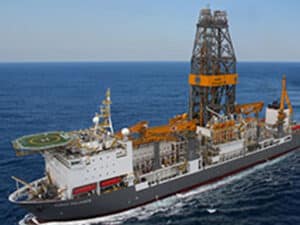
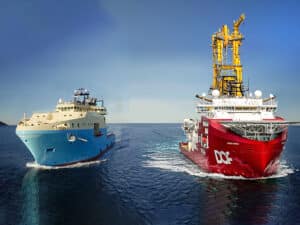
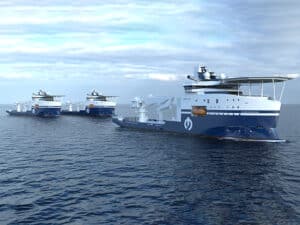
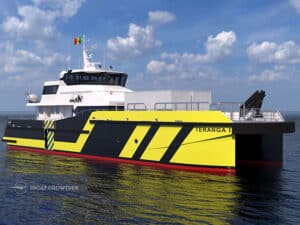
Leave a Reply
You must be logged in to post a comment.